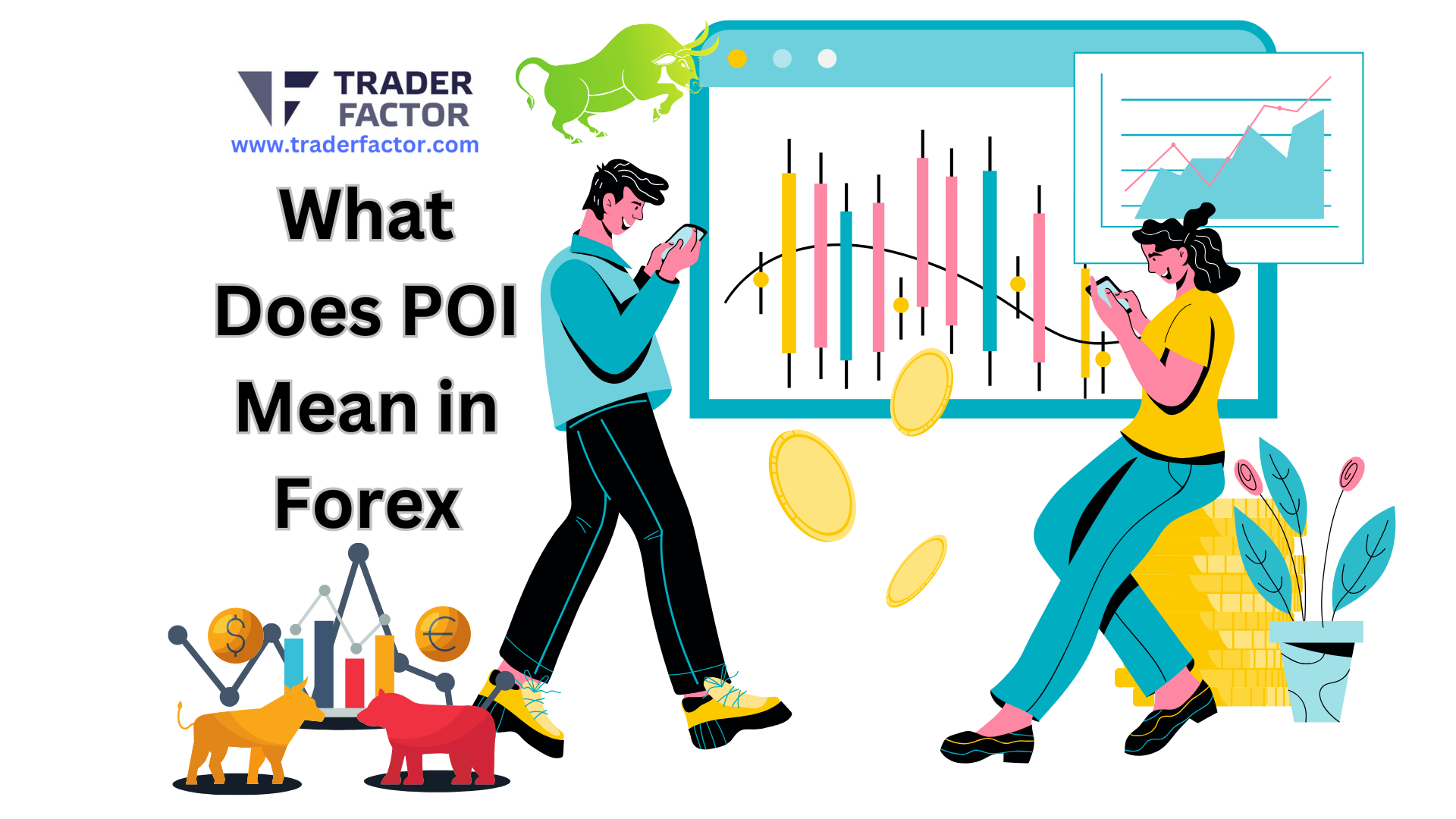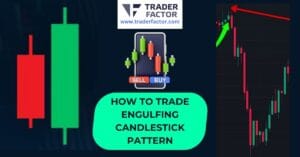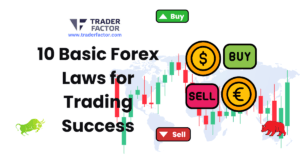If you’re wondering about the significance of Poi in Forex trading, let’s break it down for you. Poi, which stands for Point of Interest, is crucial in analyzing price movements and making informed trading decisions. By identifying key levels on price charts, you can better understand market dynamics and potentially enhance your trading strategies. It differs from traditional support and resistance levels, offering a unique perspective on market behavior. Learning how to utilize it effectively can provide you with valuable insights and help you navigate the complexities of the Forex market with more confidence.
Importance of POI in Forex
Understanding the importance of Poi in Forex will help you make informed trading decisions based on key price levels. Market psychology plays a crucial role in determining these levels. Traders often gather around these points, creating clusters of orders that can influence price movements. Recognizing these points can give you an edge in your trading strategy. Additionally, it can serve as a significant level for implementing risk management techniques. You can effectively manage your risk exposure by setting stop-loss orders or profit targets near these levels. This strategic approach helps you protect your capital and optimize your trading performance.
Table of Contents
ToggleIdentifying Poi on Price Charts

To identify points of interest on price charts, you need to look for clusters of orders that indicate significant price levels. These clusters often signify areas where many traders have placed orders, making them crucial to watch. When identifying trends, consider where these clusters form, as they can act as key support or resistance levels. You can gain valuable insights into potential market movements by analysing price action around these. Understanding the significance of price charts is essential for making well-informed trading decisions based on the behaviour of other market participants. Keep a keen eye on these areas to navigate the market more effectively.
Utilizing Poi in Trading Strategies

To implement successful trading strategies, incorporate its analysis into your decision-making process for improved market navigation. Its strategies utilize key trading indicators to identify potential entry and exit points in the market. By analyzing Points of Interest on price charts, traders can gain valuable insights into market trends and potential price reversals. Integrating analysis into your trading strategies can help you make more informed decisions and increase the effectiveness of your trades. These trading indicators serve as important tools in understanding market dynamics and predicting future price movements.
Support and Resistance Levels for Point of Interest
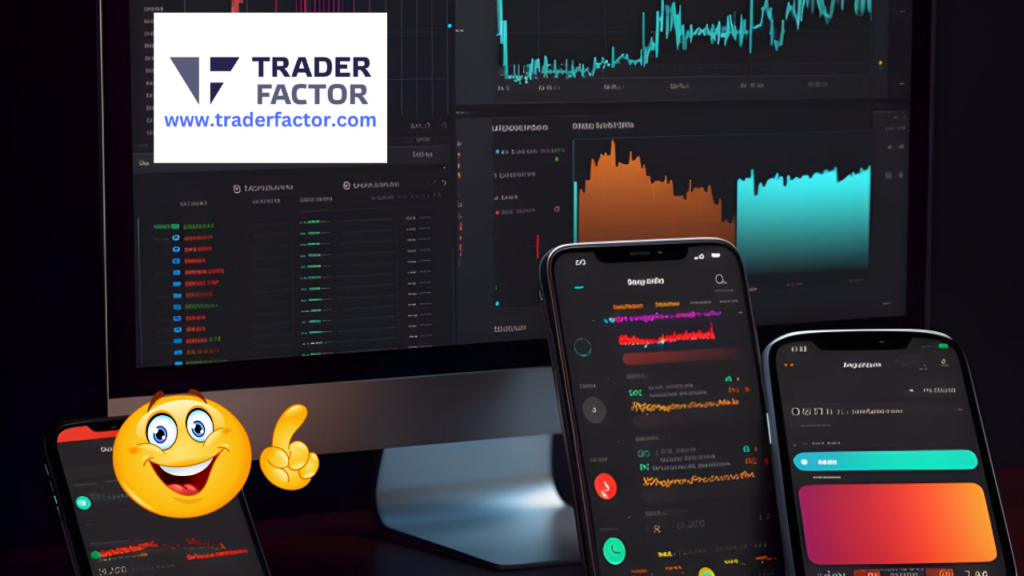
Incorporating its analysis into your trading strategy allows for comparing support and resistance levels, enhancing your ability to interpret market signals effectively. While support and resistance levels are based on historical price movements, Technical analysis identifies significant price levels based on clustering. Unlike trendlines that connect swing lows or highs, it focuses on areas where the price has repeatedly reacted, indicating potential interest levels to traders. By understanding the differences between it and traditional support and resistance levels, you gain a more nuanced view of the market dynamics. This comparative analysis can help you make more informed trading decisions by providing additional insights into the underlying market sentiment and potential price reversal points.
Tips for Using Points Effectively
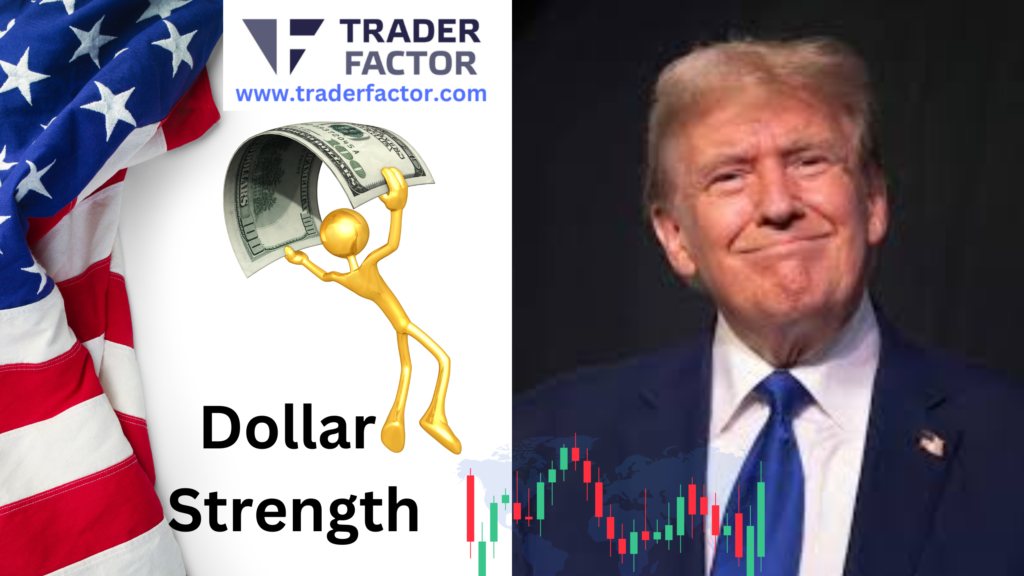
To effectively use forex trading, familiarize yourself with common patterns and key price levels signifying potential trading opportunities. When using it effectively, it’s crucial to avoid common mistakes that can hinder your trading success. One common error is relying solely on it without considering other technical indicators or fundamental analysis. It should complement your overall trading strategy rather than be the sole decision-making tool. Additionally, be cautious of overtrading based on signals alone, as it’s essential to maintain a disciplined approach to risk management.
Frequently Asked Questions

Can POI be used in conjunction with other technical indicators to improve trading strategies?
Yes, POI can be effectively used alongside other technical indicators to enhance trading strategies. By combining POI with tools like moving averages, RSI, or MACD, traders can confirm signals and improve the accuracy of their trades. This integration helps in developing a robust POI trading strategy that accounts for various market conditions.
How do traders determine the strength of a POI level compared to support and resistance levels?
Traders assess the strength of a POI level by analyzing its historical significance, trading volume, and frequency of price interaction. Unlike traditional support and resistance levels, a POI often incorporates additional factors such as market sentiment and order flow, offering a nuanced perspective on potential price movements.

Are there specific currency pairs or timeframes where it is more effective?
POI can be applied to various currency pairs and timeframes, but its effectiveness may vary. Traders often find it more beneficial in major currency pairs and during timeframes that align with their trading style—be it intraday, swing, or long-term trading. The adaptability of POI across different scenarios is a key advantage.
Can POI levels be used for both short-term and long-term trading strategies?
Absolutely, POI levels are versatile and can be tailored for both short-term and long-term trading strategies. Short-term traders may use POI to identify entry and exit points within a day, while long-term traders can leverage these levels to forecast broader market trends and significant price shifts.

Is there a specific way to adjust levels for volatile market conditions?
In volatile markets, traders can adjust POI levels by increasing their buffer zones or using dynamic indicators that account for rapid price changes. This flexibility allows traders to maintain the relevance of POI even under heightened market uncertainty, ensuring more stable trading decisions.
What does POI stand for in trading?
In trading, POI stands for Point of Interest. It refers to specific price levels or zones that are expected to influence market behavior due to historical data, psychological factors, or other trading dynamics.

What is a POI in forex?
In forex, a POI is a critical price point that traders monitor for potential market reactions. It signifies an area where price action could reverse, continue, or experience increased volatility, making it a focal point for forex trading decisions.
What does POI mean in money?
POI in the context of money refers to focal price areas that hold significance for traders, potentially affecting their financial decisions and strategies based on anticipated market movements.
What is POI in charts?
POI in charts denotes specific levels marked for their anticipated impact on price action. These points may correlate with historical highs or lows, trendlines, or other technical markers that suggest a potential change in market direction.
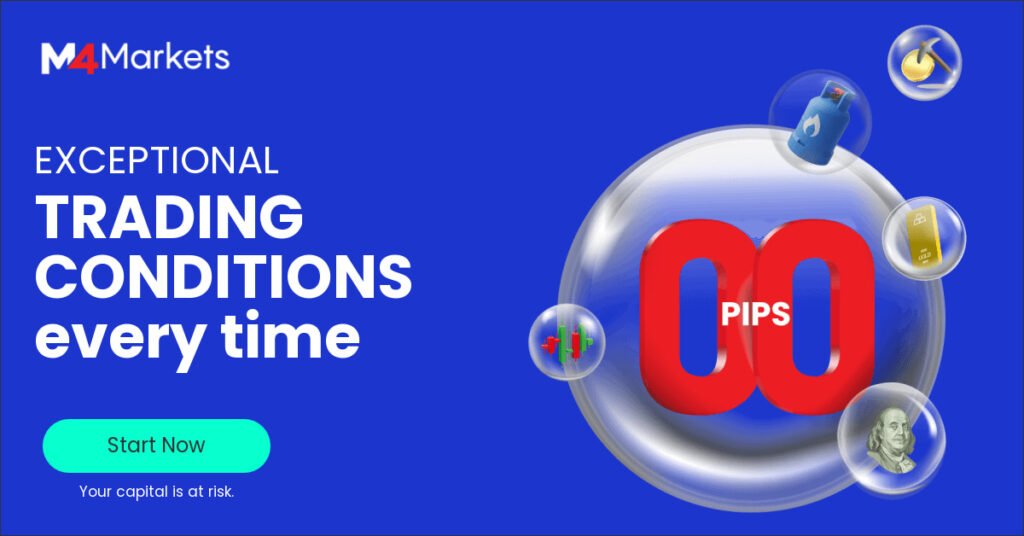
How to find POI in trading?
To find POI in trading, analyze historical price data to identify recurring levels where significant price movement occurred. Utilize technical analysis tools such as Fibonacci retracement and pivot points to pinpoint these areas effectively.
How to identify POI?
Identify POI by observing price patterns, volume spikes, and historical support/resistance levels. Traders can also refer to Point of Interest forex PDFs and resources that detail various types of POI in forex trading for further guidance.
How do I check my POI?
Checking your POI involves continuously monitoring identified levels for price action. Use charting software to set alerts and ensure that these points are actively influencing market behavior as expected.

What is the POI rule?
The POI rule refers to the guideline that traders should closely monitor and validate POI levels before making trading decisions. This rule emphasizes the importance of patience and confirmation to avoid premature market entries or exits.
How does POI work?
POI works by highlighting key price areas where traders anticipate significant reactions based on historical data and market psychology. These points guide decision-making and strategy formulation in various trading scenarios.
What is the purpose of POI?
The purpose of POI is to provide traders with strategic reference points that help in forecasting potential market movements. By focusing on these interest areas, traders can enhance their decision-making process and improve the precision of their trading strategies.
Who Are the Best Forex Brokers?

Here are some trusted multiregulated forex brokers suitable for all styles of trading :
M4 Markets: Learn how M4 Markets achieves competitive trading with low spreads and high leverage. Discover their unique account options and more.

OneRoyal: Known for its social trading platform, OneRoyal offers many educational resources and a convenient demo account for practice.

IronFx: This broker provides a simple platform and a risk management tool, helping you better control your trading risks.

Admirals: Admirals stands out with exceptional customer support and a wide range of educational resources.

ActivTrades: Offers a user-friendly platform, extensive educational resources, and versatile demo accounts.

EightCap: EightCap wraps it up with an intuitive platform, top-notch educational materials, and an effective customer support team.

Conclusion
In conclusion, understanding the concept of Poi in forex trading is crucial for identifying key price action levels on charts. By utilizing Poi effectively in your trading strategies, you can make more informed decisions and potentially increase your chances of success in the market. Remember to use Poi alongside other indicators and tools to enhance your trading approach and maximize your potential. Happy trading!
Disclaimer:
All information has been prepared by TraderFactor or partners. The information does not contain a record of TraderFactor or partner’s prices or an offer of or solicitation for a transaction in any financial instrument. No representation or warranty is given as to the accuracy or completeness of this information. Any material provided does not have regard to the specific investment objective and financial situation of any person who may read it. Past performance is not a reliable indicator of future performance.

